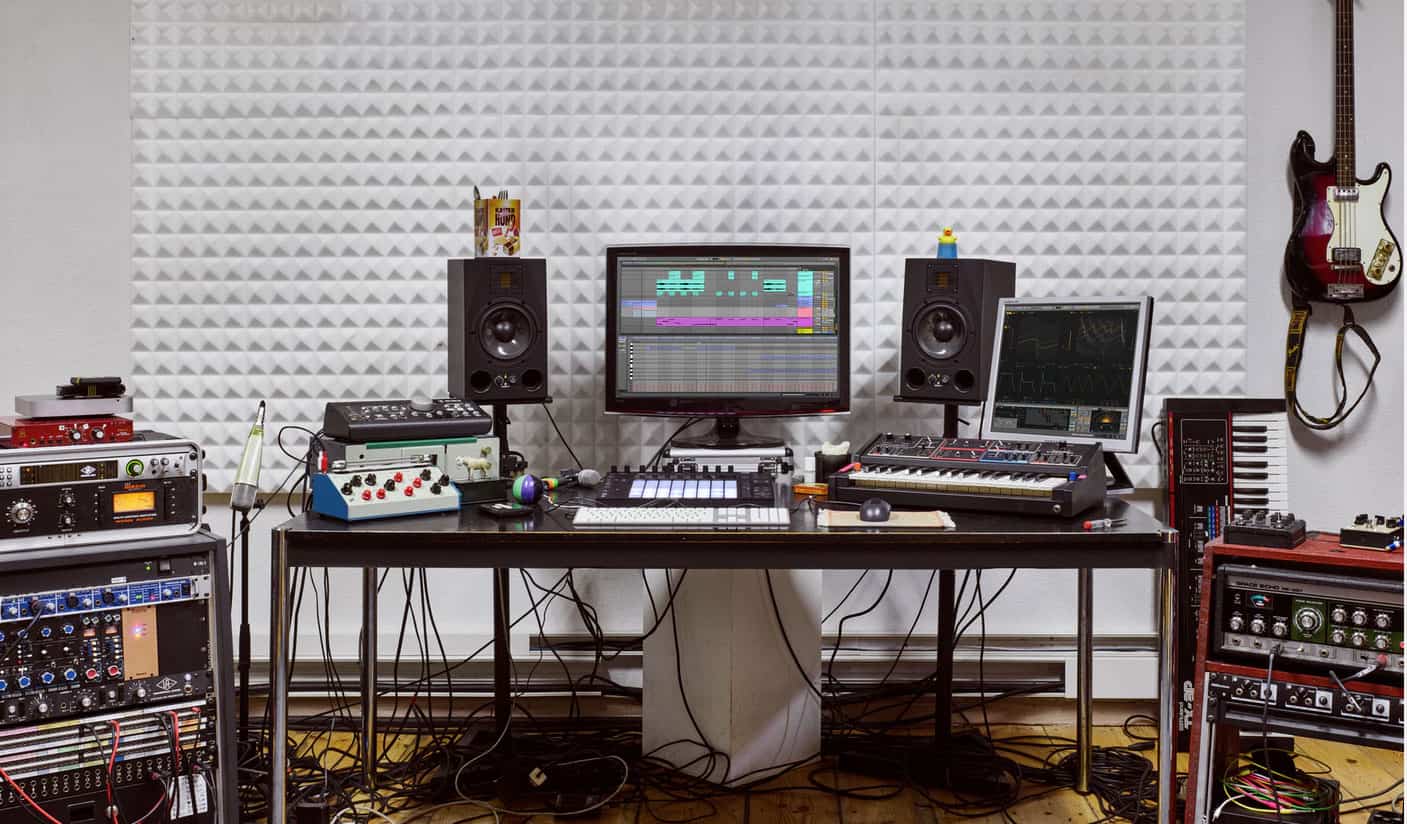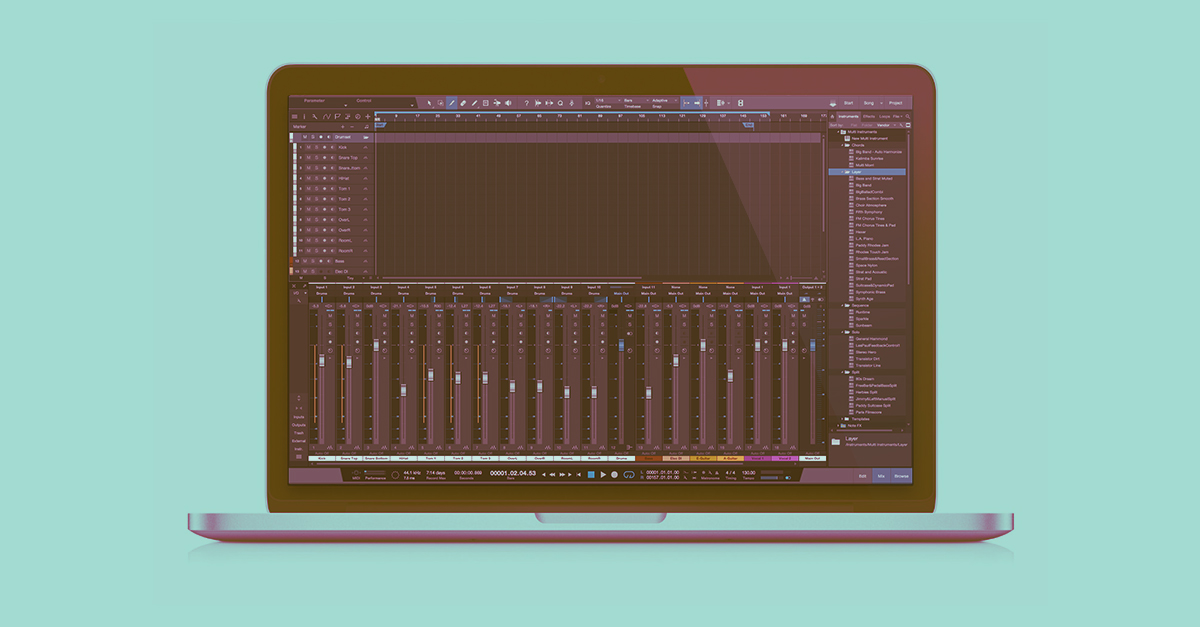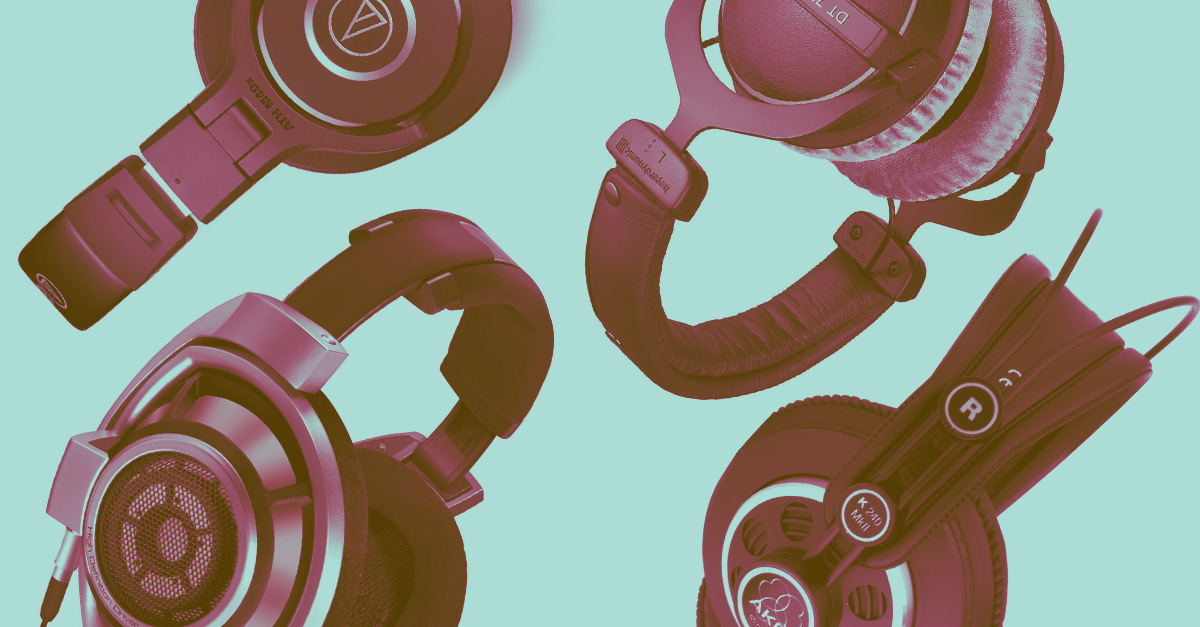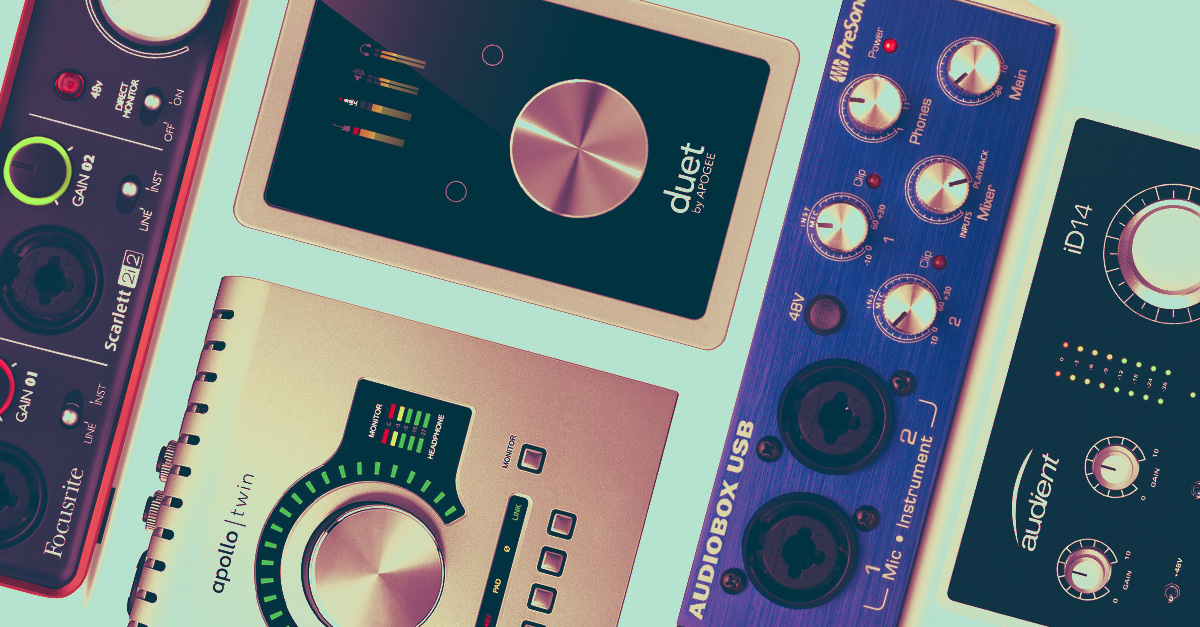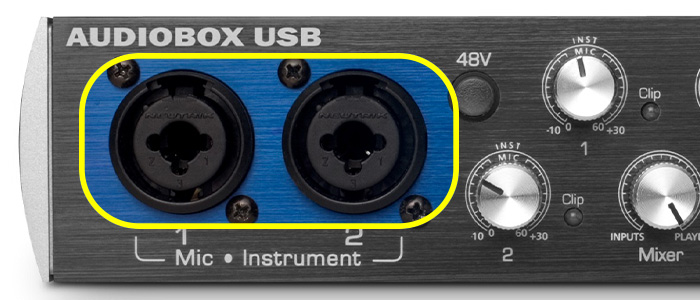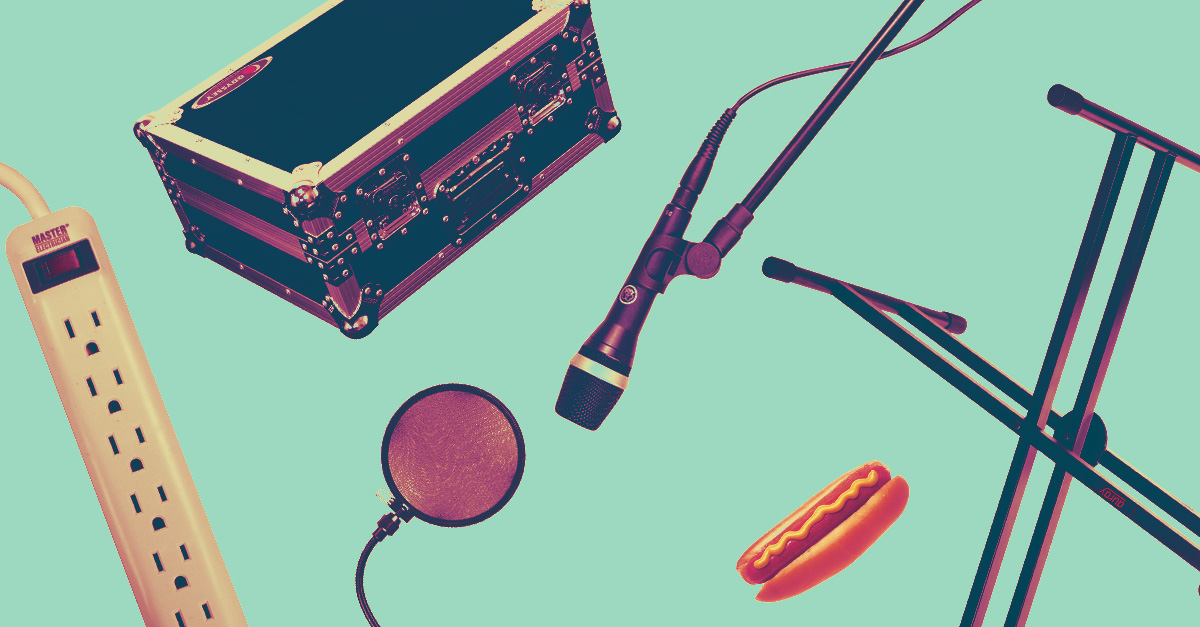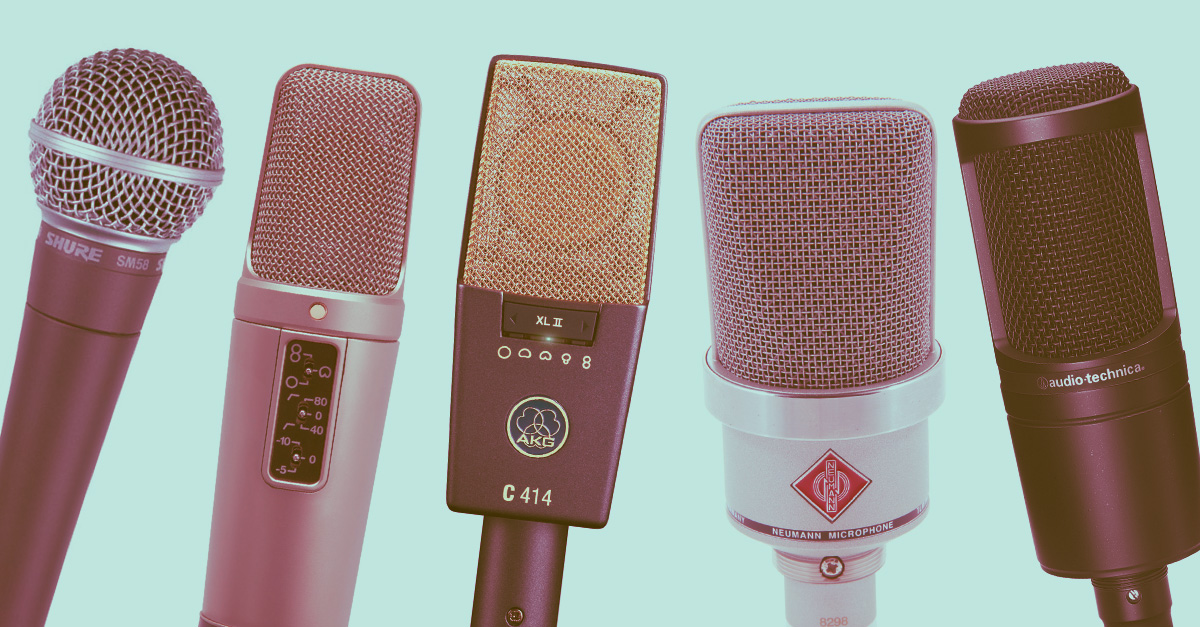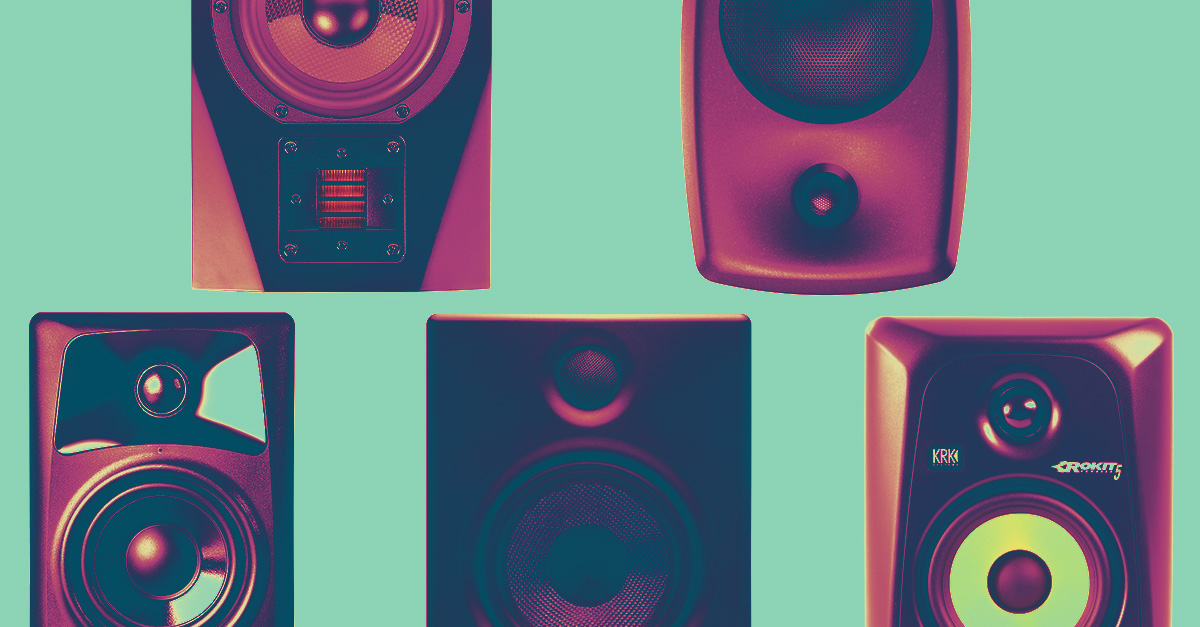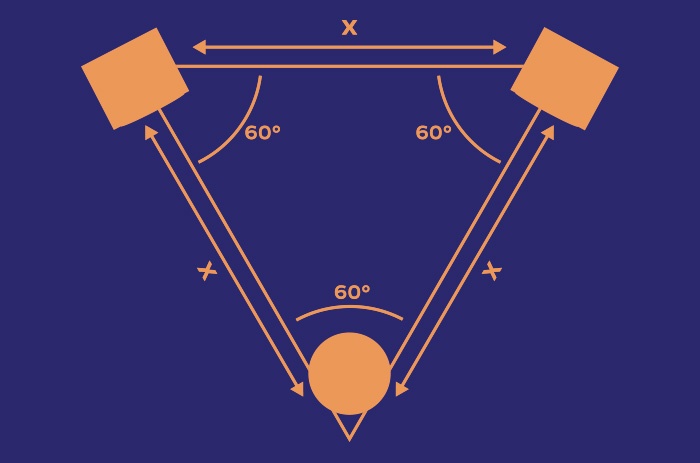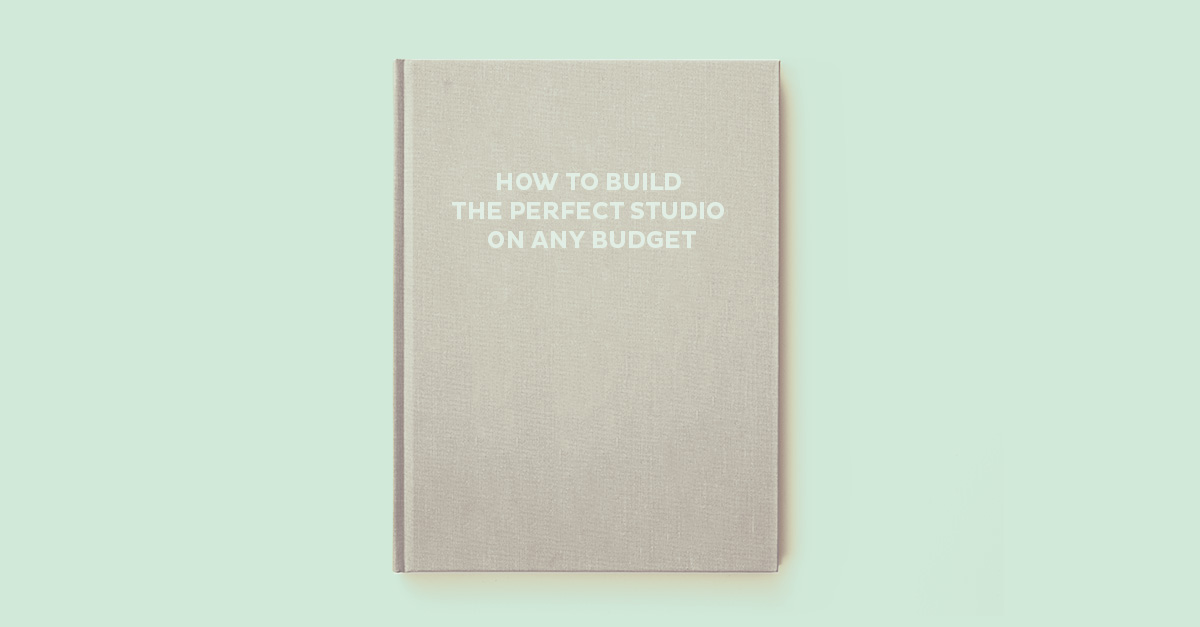It’s time to build the awesome home recording studio setup.
However, what does an ideal home recording studio look like? Perfect has to mean excellent for you. Meaning your devices, your budget, and your needs.
Building a home recording is overwhelming and expensive at first. So begin with the basics. Building your bedroom studio setup as your needs and skills grow is your greatest bet.
This practical guide will help you select the suitable home recording studio tools for your needs. Choose from 4 categories for each studio important:
- Newbie—Just starting out or on a budget
- Intermediate—Ready for the next level
- Pro—Makin’ a living outta’ this
- Super Pro—You want to invest in top-of-the-line gear
Ready? Here we go!
1. Computer And Digital Audio Workstation (DAW)
If you’re reading this post, there is a great opportunity you already have a computer. Good!
Now it’s time to think about: is my computer fast and stable enough to handle the heavier CPU load of a DAW? If it could not, it may be time for a CPU upgrade.
It can even be time for a new computer altogether. If that is the case, go for a Solid State Drive (SSD) instead of a spinning hard drive (hard-disk drive a.k.a. HDD). SSDs are more expensive, but also much faster, quieter and more reliable—ideal for running recording software.
Okay, so your computer is ready to rock. Now you should select a DAW.
Whether you are recording acoustic tools or producing inside the box, you need a recording software to arrange, edit, combine and bounce your creations for mastering.
2. Headphones
When you’ve got your computer and DAW, it’s time to move the headphones.
Why headphones first? Because it’s an effective way to begin producing and mixing music:
- In a room that isn’t treated for sound
- In an apartment where making noise is an issue (roommates, neighbors)
- When you could not invest in a great pair of monitors quite yet
Even after you get monitors and acoustic treatment you will still need a pair of monitoring headphones. So it’s an awesome early investment no matter what your studio setup is.
It’s time to say goodbye to these white earbuds! What you need are circumaural headphones—the ones that go around and over the ear.
There are two kinds of circumaural headphones:
Closed-back headphones provide you with nice isolation for recording however a little less sound quality. Open-back headphones provide you with optimal sound quality however have to be used in a quiet space (they are also pricier).
Listed here are some headphones vetted by our audio team:
- Newbie: Audio-Technica ATH-M40x (closed-back)
- Intermediate: AKG K240 MKII (closed-back)
- Pro: Beyerdynamic DT 770 250 ohm (closed-back) OR Sennheiser HD 600 (open-back)
- Super Pro: Sennheiser HD 800 (open-back)
Hot Tip: Bring a song you really like on your phone or MP3 player once you go to the music store. Ask to check the headphones before buying. Compare several pairs by listening to the similar track at the similar volume. Or better yet master a track you are working on and bring it with you.
3. Audio Interface
What’s an audio interface?
An audio interface is a tool that permits you to connect devices and mics to your computer. An interface provides you with the ability to record various types of audio signals (mic, line, etc.) into your DAW.
Audio interfaces use USB, FireWire or Thunderbolt to connect with Mac or PC. You often have to install an easy driver for your interface, however, then you are good to go.
Once you’re looking for the perfect audio interface for a home recording, a great starting point is a model with 2 Inputs and 2 Outputs.
Combo jacks allow you to plug both XLR and 1/4 inch (in the middle)
Many interfaces include combo jacks—XLR and ¼ inch mixed into one. This provides you with the flexibility to plug either a TRS/TS ¼ inch cable or an XLR cable.
The quality of the preamps and converters inside audio interfaces often dictates the price point.
Listed here are our favorite audio interfaces:
- Newbie: PreSonus AudioBox OR Focusrite Scarlet 2i2
- Intermediate: Audient iD14 OR Apogee Duet (for Mac and iOS only)
- Pro: Apollo Twin
- Super Pro: Apogee Quartet OR Apogee Symphony
Hot Tip: some audio interfaces come with a free DAW—usually light or introversion. This saves you some money and gets you began with production. So when you need a DAW and an interface, a combo pack is a superb place to begin.
4. Accessories: cables, stands, racks
All studio need some important audio equipment.
The most important is audio cables, obviously—otherwise nothing will work and your sound has nowhere to go! Getting the important cables is key for getting your ideas down rapidly.
These are the basic cables most studios need:
- XLR cables for your mics and balanced connections
- Unbalanced ¼ inch cables for your pedals and guitars
- Balanced ¼ inch for your drum machines and balanced synths
- MIDI cables to sync everything together
Also, consider getting:
- Mic stand
- Pop filter (for clean vocal takes)
- Keyboard stand
- Travel cases for your gear—when you are playing gigs
- Top quality headphone extension cable (like Mogami Gold)
- Energy bars and extension chords
- A proper chair
5. Microphone
When you are recording vocals or mic’ing devices, you need a great mic (or a bunch).
However, there are so many different ones out there. So let’s get the basics down.
You will come across 2 main kinds of microphones: condenser and dynamic.
What’s a Dynamic Mic?
Dynamic mics are sturdy—they will withstand a few beer spills and epic mic drops. This makes them the perfect stage microphones. They often do not require extra energy. Just plug it with an XRL and you are good to go.
They have an acceptable frequency response, however, i isn’t the most accurate. Dynamic Mics best for live vocals, drums, and loud guitar amps.
What’s a Condenser Mic?
Condenser mics are more sensitive and their output is louder. They have a superb frequency and transient response. Which means they’re greatest for catching all of the variations particularly in the high end.
Those mics are greatest suited for the studio—they are more fragile and sensitive to loud sounds. They also require a power supply or ‘phantom power’ to work.
Condenser mics are categorized by the size of their diaphragm: giant or small. Large diaphragms are greatest for lower frequency (cellos, vocals, etc). Small diaphragms are greatest for fast, higher frequency sounds (solo flute, acoustic guitar, etc).
Right here are some microphone choices to check out:
- Newbie: Shure SM58 (dynamic) OR Audio-Technica AT2020 (condenser)
- Intermediate: RØDE NT2-A (condenser)
- Pro: Neumann TLM 102 (condenser)
- Super Pro: AKG C414 (condenser)
Hot tip: the Shure SM58 is a classic for live shows, whether you are just beginning or you are a legend. All the venues have these, so it is a wise investment.
6. MIDI Keyboard/Controller
Anybody using a DAW to create music eventually needs a MIDI controller.
Your DAW software comes alive once you control all of your favorite VST plugins and softsynths using a MIDI keyboard. Tweak those knobs! Touch those faders!
A MIDI controller turns into a (more enjoyable) version of your DAW.
7. Powered Monitors
Okay, so you are ready to go beyond your headphones. Headphones are good, however, they will tire you faster once you are producing for hours. Plus, not everybody listens to music in headphones. It is greatest to mix on a variety of playback systems to get a great sounding mix.
Now you need studio screens. Powered monitors do not require an extra amp and they are standard in most home recording studios.
What is the difference between monitors and regular speakers?
Speakers are made to boost the sound in particular ways that sound good for listening. It means that the low end could be boosted. These speakers color the sound a lot.
Studio monitors, on the other hand, are flatter. They permit you to accurately hear your mix. Studio monitors are a must when you get serious about producing and mixing music.
Listed here are the most popular monitor models:
- Newbie: M-Audio AV42 OR PreSonus Eris E5
- Intermediate: KRK Rokit 5
- Pro: Adam A5X
- Super Pro: Genelec 8030B
How to choose your studio monitors?
The best way to select your studio monitors is by going to a music store that permits you to hear all their available models.
Bring a track you know very well on your phone or MP3 player.
Position yourself in the middle of the 2 monitors at ear level. Your head and each monitor should form an ideal triangle (see picture below). That is the optimal monitor placement.
Play your track. Compare how the same song sounds like at the identical volume on each pair of monitors. Ultimately pick the ones that sound closest to what you know your song sounds like.
Good monitors sound flat, have a nice present low end and a clear high end. Of course, the room will also affect the sound coming out of your monitor. So the next step is acoustic treatment.
If you want that extra oomph (and you haven’t any neighbors) get a subwoofer too. Listed here are some great choices under $500 USD:
8. Music Production Books
Finally, instead of the more gear, we suggest you get some literature.
Begin with the manuals!
It’s good to have a giant book on hand once you’re wondering how to do something particular. Those books are very detailed and helpful for sharpening your skills.
Right here are our favorite music production books:
- Home Recording For Musicians For Dummies by Jeff Strong
- The Audio Expert by Ethan Winter
- The Studio SOS Book: Solutions and Techniques for the Project Recording Studio by Paul White, Hugh Robjohns and Dave Lockwood
- The Mixing Engineer’s Handbook by Bobby Owsinsk
And of course, we are always here on the blog to ensure you get all the info you want!
Make Your Perfect Bedroom Studio a Reality
Building a perfect home recording studio can seem daunting at first.
However, keep in mind that you do not need to jump right into the most expensive gear. Your studio should be excellent for your needs. So do your analysis and find the perfect setup for your sound.
Begin small and tailor your setup to you. Then build it up as you evolve.
Do it right and let your studio develop right along with your music.

